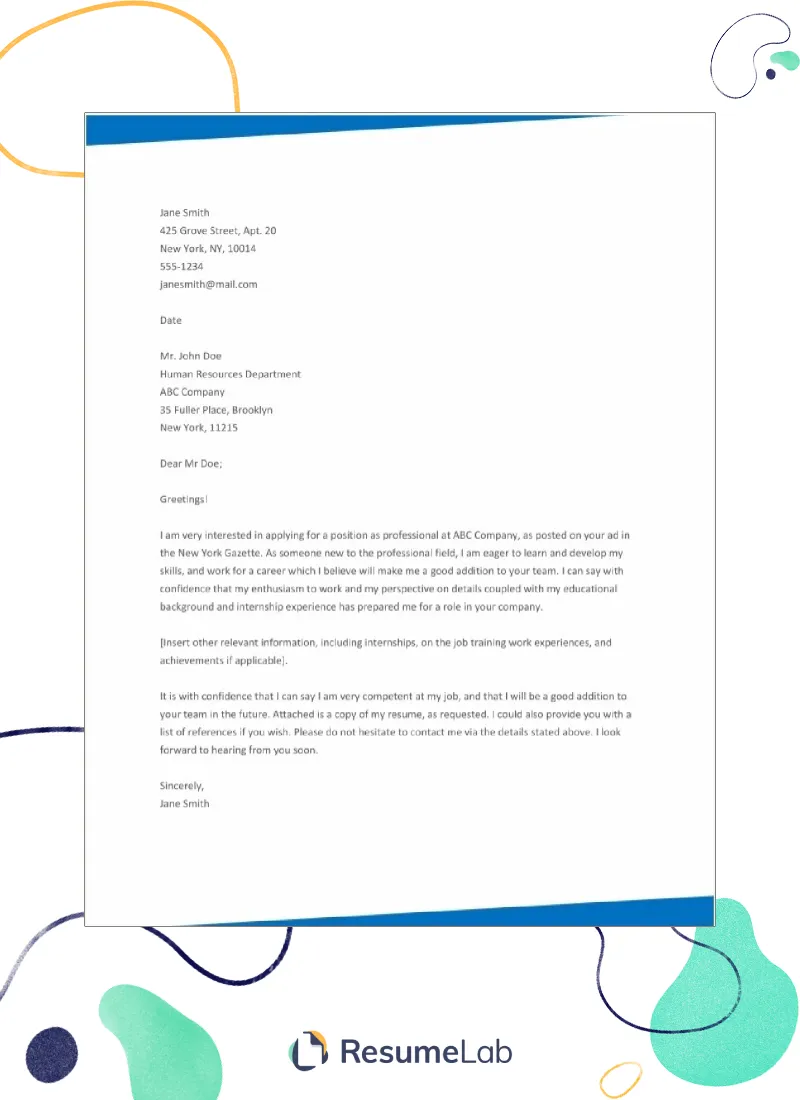Cover Letter Samples How to Impress
A cover letter is your first opportunity to make a strong impression on a potential employer. It’s more than just a formality; it’s a chance to showcase your personality, skills, and enthusiasm for the position. This guide provides cover letter samples and essential tips to help you craft a compelling cover letter that grabs attention and increases your chances of landing an interview. Whether you’re an entry-level candidate or a seasoned professional, mastering the art of the cover letter is crucial for career success.
Understanding the Purpose of a Cover Letter
A well-written cover letter serves several key purposes. It introduces you to the hiring manager, highlights your relevant skills and experiences, and explains why you’re a good fit for the role and the company. It complements your resume by providing context and demonstrating your communication skills. It’s also an excellent opportunity to express your genuine interest in the position and company, which can set you apart from other applicants. Understanding the purpose is the first step to creating a cover letter that impresses.
Why a Cover Letter Matters
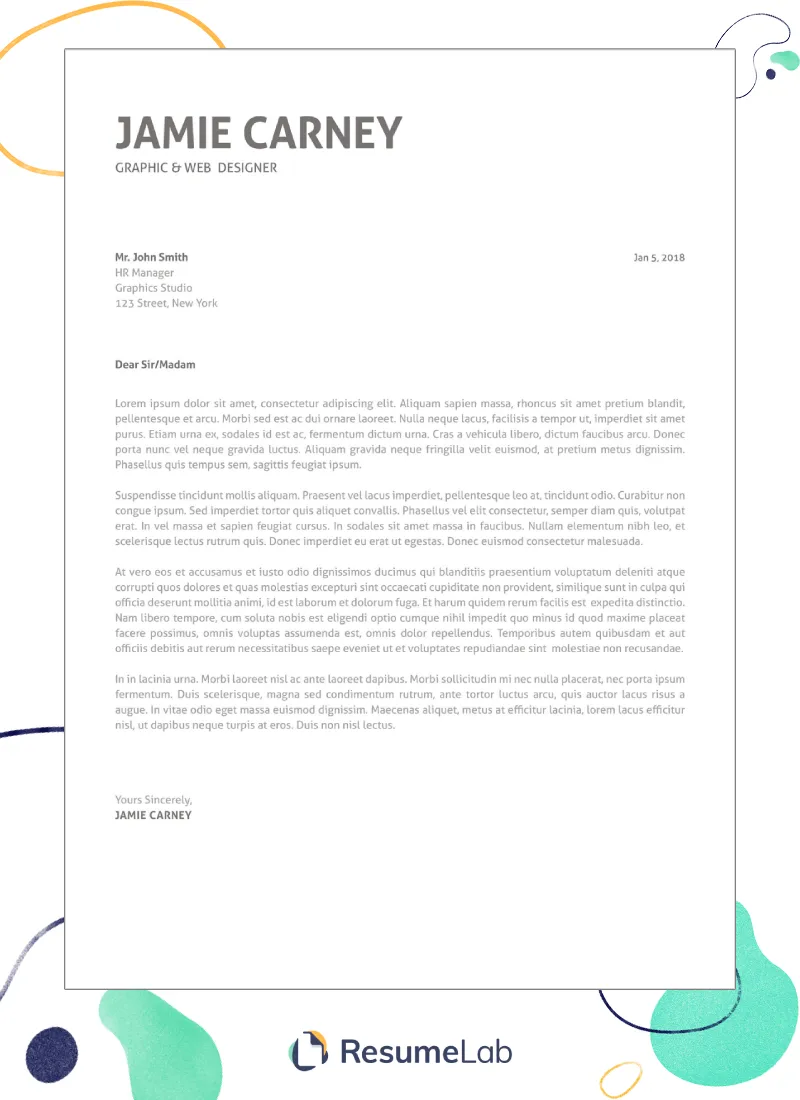
In a competitive job market, a cover letter can be the deciding factor between getting an interview or being overlooked. Many hiring managers consider a cover letter a critical part of the application process. A cover letter allows you to tell your story, explain career transitions, or address any gaps in your resume. It’s your chance to demonstrate your personality, writing skills, and passion for the job. Not including a cover letter, or submitting a poorly written one, can signal a lack of attention to detail or genuine interest.
Key Components of a Cover Letter
A strong cover letter typically includes a header with your contact information, the date, and the recipient’s information. A compelling opening paragraph that grabs the reader’s attention. A body that highlights your relevant skills and experiences, tailored to the specific job requirements. Specific examples of your achievements and contributions. A closing paragraph that expresses your enthusiasm and gratitude, and a call to action to encourage the hiring manager to contact you. Your cover letter should be concise, professional, and easy to read, conveying your qualifications and enthusiasm effectively.
Formatting Your Cover Letter
Formatting a cover letter correctly is essential for creating a professional appearance. Choose a clear, easy-to-read font like Times New Roman, Arial, or Calibri. Use a font size between 10 and 12 points for the body text and adjust the size for headings and your name. Maintain consistent formatting throughout the document. Proper formatting improves readability and shows that you pay attention to detail. A well-formatted cover letter makes a positive impression and reflects your professionalism.
Choosing the Right Font and Size
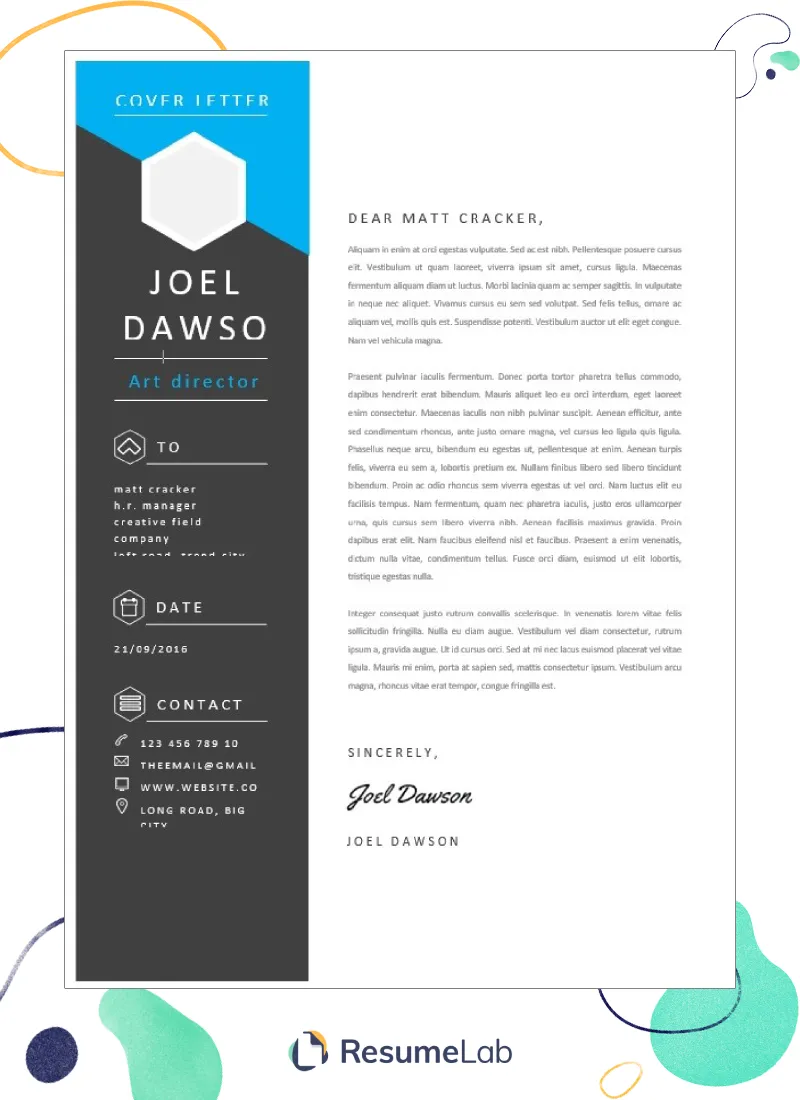
Selecting the right font and size is fundamental to presenting a professional cover letter. Avoid using overly decorative fonts. Stick to standard fonts such as Times New Roman, Arial, or Calibri. These fonts are widely accepted and easy on the eyes. The ideal font size for the body of your letter is generally between 10 and 12 points. This ensures your text is legible without appearing cramped or overly large. Consistency in font and size throughout your cover letter enhances readability and maintains a polished appearance.
Setting Up Margins and Spacing
Proper margins and spacing contribute significantly to the visual appeal of your cover letter. Maintain margins of one inch on all sides (top, bottom, left, and right) to give your text breathing room. Use single-spaced lines within paragraphs and double-space between paragraphs. This spacing makes the document easier to read and improves its overall look. Consistent margins and spacing create a clean, organized layout that demonstrates professionalism and attention to detail, making your cover letter more engaging and effective.
Crafting a Compelling Opening
The opening of your cover letter is crucial, as it sets the tone and determines whether the reader will continue to read. Avoid generic openings like ‘Dear Hiring Manager’. Instead, personalize your introduction by mentioning the specific role or company you’re applying to. Clearly state the position you’re seeking and how you found the job. Immediately grab the reader’s attention by highlighting your most relevant qualifications or a key achievement. A compelling opening shows that you’ve done your research and are genuinely interested in the opportunity.
Grabbing the Reader’s Attention
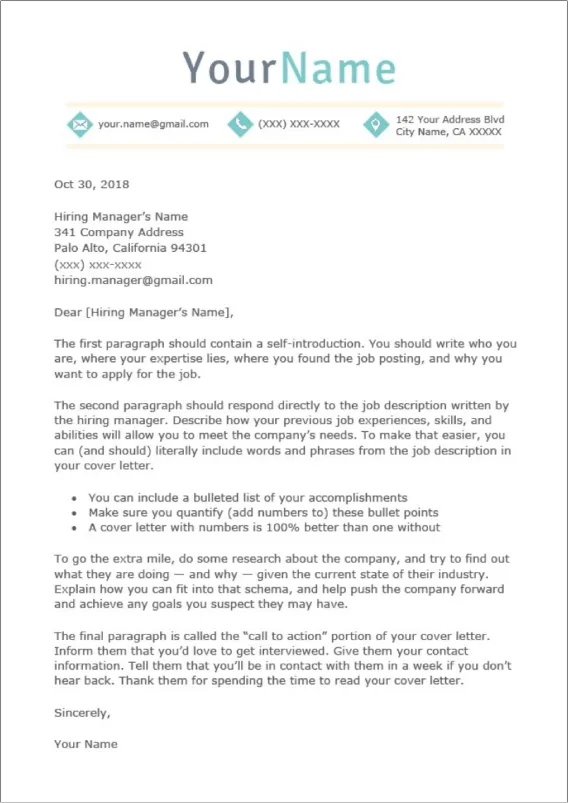
To grab the reader’s attention from the start, consider these strategies. Start with a strong statement that showcases your understanding of the company or the job. Mention something specific that sparked your interest in the role or company. Highlight a key achievement or skill that directly aligns with the job requirements. Avoid clichés and generic phrases. The goal is to immediately demonstrate your value and set yourself apart from other applicants. A well-crafted opening makes the reader want to learn more about you.
Highlighting Your Key Skills and Experiences
The body of your cover letter is where you demonstrate how your skills and experiences align with the job requirements. Review the job description carefully and identify the key skills and qualifications the employer is seeking. Provide specific examples of how you have used these skills in past roles, backed up by quantifiable achievements. Tailor your examples to match the requirements of the specific job, showing that you have the relevant expertise. Use action verbs and focus on results to make your accomplishments more impactful.
Tailoring Your Cover Letter to the Job
Tailoring your cover letter is crucial. Customize your letter for each job you apply for. Start by carefully reviewing the job description to identify the specific skills, experiences, and qualifications the employer is seeking. Highlight the aspects of your background that are most relevant to the role. Use the same keywords and phrases used in the job description, when appropriate. This targeted approach shows that you understand the job and are a strong fit for the position. Avoid sending a generic cover letter; personalization is key.
Using Keywords Effectively
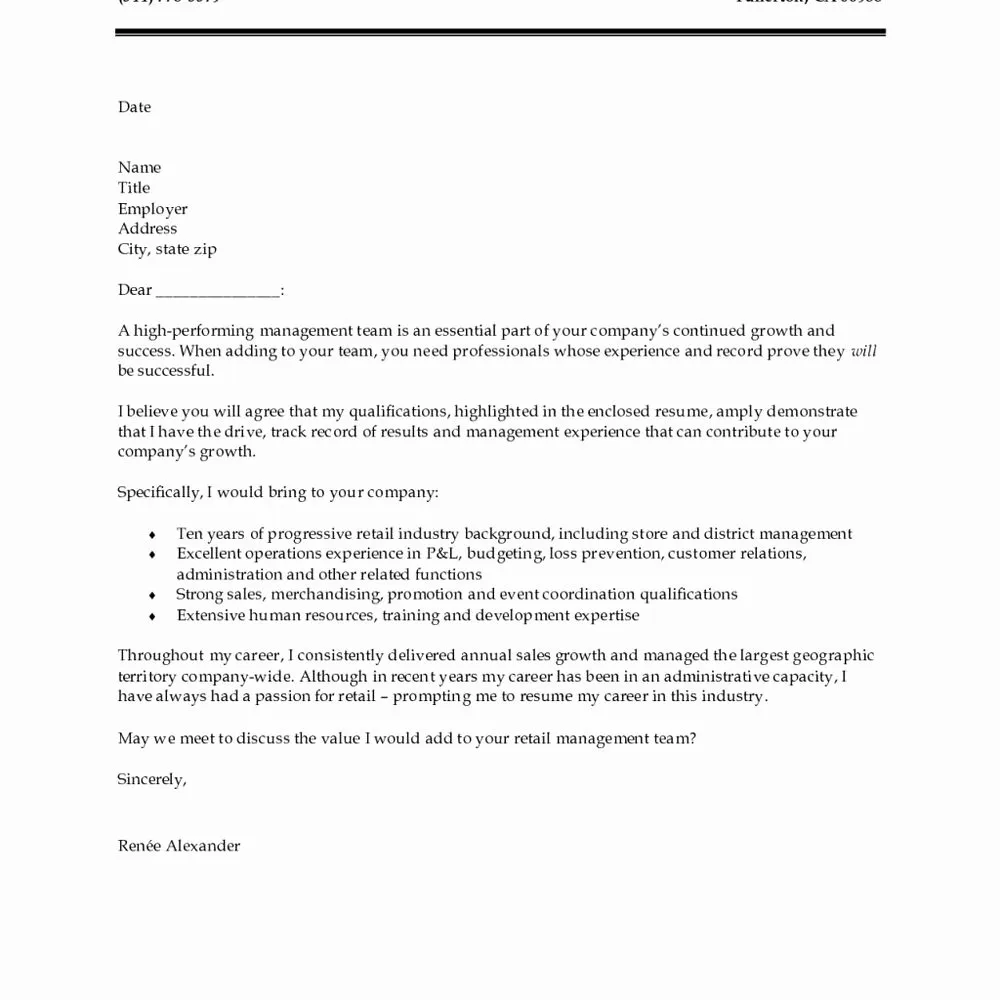
Using keywords strategically can significantly improve your cover letter’s effectiveness. Identify the key skills and qualifications mentioned in the job description. Incorporate those keywords naturally throughout your cover letter. Doing so helps your application pass through applicant tracking systems (ATS) and shows the hiring manager that you meet the requirements. Avoid keyword stuffing; the focus should be on demonstrating your skills and experiences in a clear and concise manner.
Showcasing Your Achievements
Instead of merely listing your responsibilities, focus on showcasing your achievements. Provide specific examples of your successes in previous roles. Quantify your achievements whenever possible, using numbers and data to demonstrate the impact of your work. For instance, state how you increased sales, reduced costs, or improved efficiency. This approach highlights your value and gives the hiring manager concrete evidence of your capabilities. Show, don’t just tell, what you’ve accomplished.
Quantifying Your Accomplishments
Quantifying your accomplishments is critical for making your achievements more impactful. Use numbers, percentages, and specific data to illustrate your contributions. For example, instead of saying ‘Managed a team,’ say ‘Managed a team of 10 employees, increasing productivity by 15%’. Whenever possible, provide specific metrics to demonstrate your success. Quantifiable results make your cover letter more compelling and provide tangible evidence of your value to potential employers.
Closing Your Cover Letter

The closing paragraph of your cover letter should leave a positive final impression. Reiterate your interest in the position and the company. Express your gratitude for the reader’s time and consideration. Include a clear call to action, such as encouraging them to contact you for an interview or providing any additional information. Proofread your closing paragraph carefully to ensure it’s free of errors and reflects your enthusiasm. A strong closing reinforces your candidacy and encourages the hiring manager to take the next step.
Expressing Enthusiasm and Gratitude
In your closing, express your enthusiasm for the opportunity and the company. Thank the hiring manager for considering your application. Your goal is to leave the reader with a positive impression and a sense of your genuine interest in the role. A simple phrase like ‘Thank you for your time and consideration. I am eager to discuss my qualifications further’ conveys both gratitude and enthusiasm. A sincere and enthusiastic closing can significantly boost your chances of getting an interview.
Proofreading and Editing Your Cover Letter
Thorough proofreading and editing are essential for creating a professional cover letter. Check for grammatical errors, typos, and inconsistencies. Pay close attention to sentence structure, punctuation, and word choice. A polished cover letter demonstrates your attention to detail and reflects well on your communication skills. Proofread multiple times and consider having a friend or colleague review your letter for you. Even a small error can detract from your message and undermine your credibility. Always proofread before submitting.
Checking for Grammatical Errors and Typos
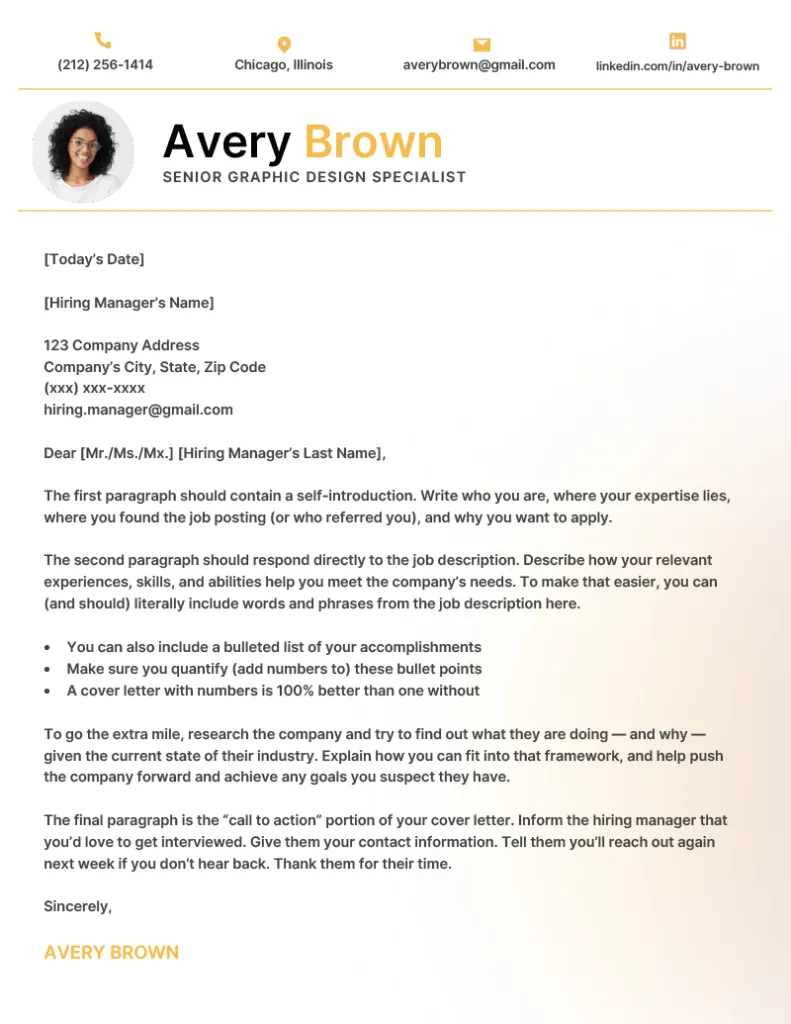
Grammatical errors and typos can significantly undermine the impact of your cover letter. Carefully review your document for any mistakes. Use spell-check and grammar-check tools, but don’t rely solely on them. Read your cover letter aloud to catch any awkward phrasing or errors that might be missed when reading silently. Check for subject-verb agreement, correct tense usage, and proper punctuation. Having another person review your cover letter can also help you catch mistakes you might have overlooked.
Seeking Feedback From Others
Seeking feedback from others is a crucial step in the cover letter writing process. Ask a friend, family member, or career advisor to review your letter. Get their honest opinions on the clarity, structure, and overall impact of your cover letter. They can identify areas for improvement and offer suggestions. Different perspectives can help you refine your message and make it more compelling. Incorporate their feedback to create a more effective cover letter.
Cover Letter Samples in Action
Reviewing cover letter samples can provide valuable insights into how to structure and write an effective cover letter. These examples offer practical models for different situations, such as entry-level positions, experienced professional roles, and career changes. Pay attention to the tone, language, and format used in each sample. Adapt the samples to your specific situation, modifying the content to showcase your unique skills and experiences. Using cover letter samples as a guide can help you create a professional and compelling cover letter.
Sample Cover Letter 1 Entry-Level Position
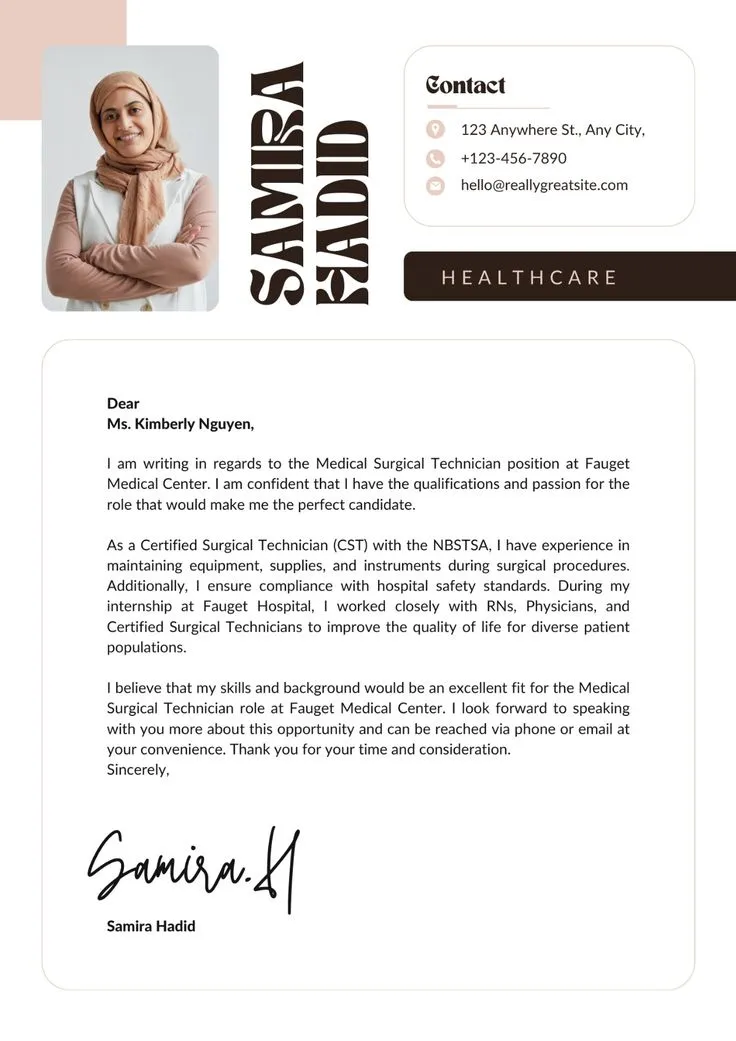
An entry-level cover letter should focus on demonstrating your enthusiasm and transferable skills. Highlight any relevant coursework, internships, or volunteer experiences. Explain your interest in the field and the company. Show how your skills and experiences align with the job requirements. Use clear and concise language to make it easy for the hiring manager to understand your qualifications and motivation. An entry-level cover letter should focus on selling your potential and eagerness to learn.
Sample Cover Letter 2 Experienced Professional
An experienced professional’s cover letter should emphasize your accomplishments and the value you bring to the role. Quantify your achievements whenever possible, using metrics to demonstrate your success. Highlight specific skills and experiences relevant to the job requirements. Address any career transitions or gaps in employment. Showcase your understanding of the industry and the company. Focus on how you can contribute to the company’s goals and the value you will provide. Tailor your letter to the specific job requirements and emphasize your expertise.
Sample Cover Letter 3 Career Change
A career change cover letter requires you to articulate why you’re transitioning and how your skills are transferable. Explain your reasons for the career change and how your previous experiences are relevant to the new role. Focus on the skills and experiences you gained in your previous positions that can be applied to the new field. Highlight your enthusiasm for the new career and your willingness to learn. Address any potential concerns about your lack of direct experience. Show how your diverse background can bring a fresh perspective to the role.
Where to Find Cover Letter Templates in Word
Microsoft Word offers a variety of cover letter templates to help you get started. Utilizing these templates provides a professional foundation for your letter, and saves time and effort. You can easily customize these templates to match your personal style and the requirements of the job. Word’s templates include a range of formats to suit different industries and job types. They are a great resource for creating a polished and effective cover letter quickly.
Utilizing Word’s Built-In Templates
To access Word’s built-in templates, start a new document and search for ‘cover letter’ in the search bar. Choose a template that fits your needs and edit it to include your information. Replace the placeholder text with your details and personalize it. Customize the font, colors, and formatting to reflect your personality and the company’s brand. Using a Word template ensures your cover letter has a professional appearance and formatting, saving you time and effort while helping you impress potential employers.
Downloading Cover Letter Templates Online
In addition to Word’s templates, you can find numerous cover letter templates online. Websites such as Resume.com, LiveCareer, and Canva offer free and premium templates. These resources provide a wide variety of designs and formats to choose from. Download a template that suits your style and job application needs. Ensure the template is compatible with Word or your preferred word processor. Customize the content and formatting of the template to reflect your unique skills and the specific job requirements.
Avoiding Common Cover Letter Mistakes
Avoiding common cover letter mistakes is essential for creating a positive impression. These mistakes can range from generic content to poor formatting, potentially harming your chances of getting an interview. Be mindful of these pitfalls and make sure to review your cover letter before submitting it. By avoiding common mistakes, you can create a strong cover letter that highlights your qualifications and increases your chances of success.
Generic Cover Letters
Generic cover letters that are not tailored to the specific job and company are a major mistake. Using a generic cover letter suggests a lack of interest and attention to detail. Employers want to see that you have researched their company and understand the role. Always customize your cover letter for each application, highlighting skills and experiences most relevant to the job. Show your genuine interest in the specific opportunity. Take the time to make your cover letter unique, showcasing your passion and fit.
Typos and Grammatical Errors
Typos and grammatical errors can damage your credibility. They signal a lack of attention to detail and professionalism. Always proofread your cover letter carefully before submitting it. Use spell-check and grammar-check tools, but also read the letter aloud to catch any mistakes you might have missed. Have a friend or career advisor review your letter for errors. A well-edited cover letter shows that you value accuracy and will pay attention to detail in your work.
Not Tailoring the Letter
Not tailoring your cover letter to the specific job is a critical mistake. A cover letter that is not customized suggests a lack of effort and interest in the opportunity. Review the job description carefully and highlight the skills and experiences that are most relevant. Use the same keywords and phrases used in the job posting when appropriate. Demonstrate that you have researched the company and understand the role. Tailoring your cover letter shows that you are genuinely interested in the specific opportunity.
